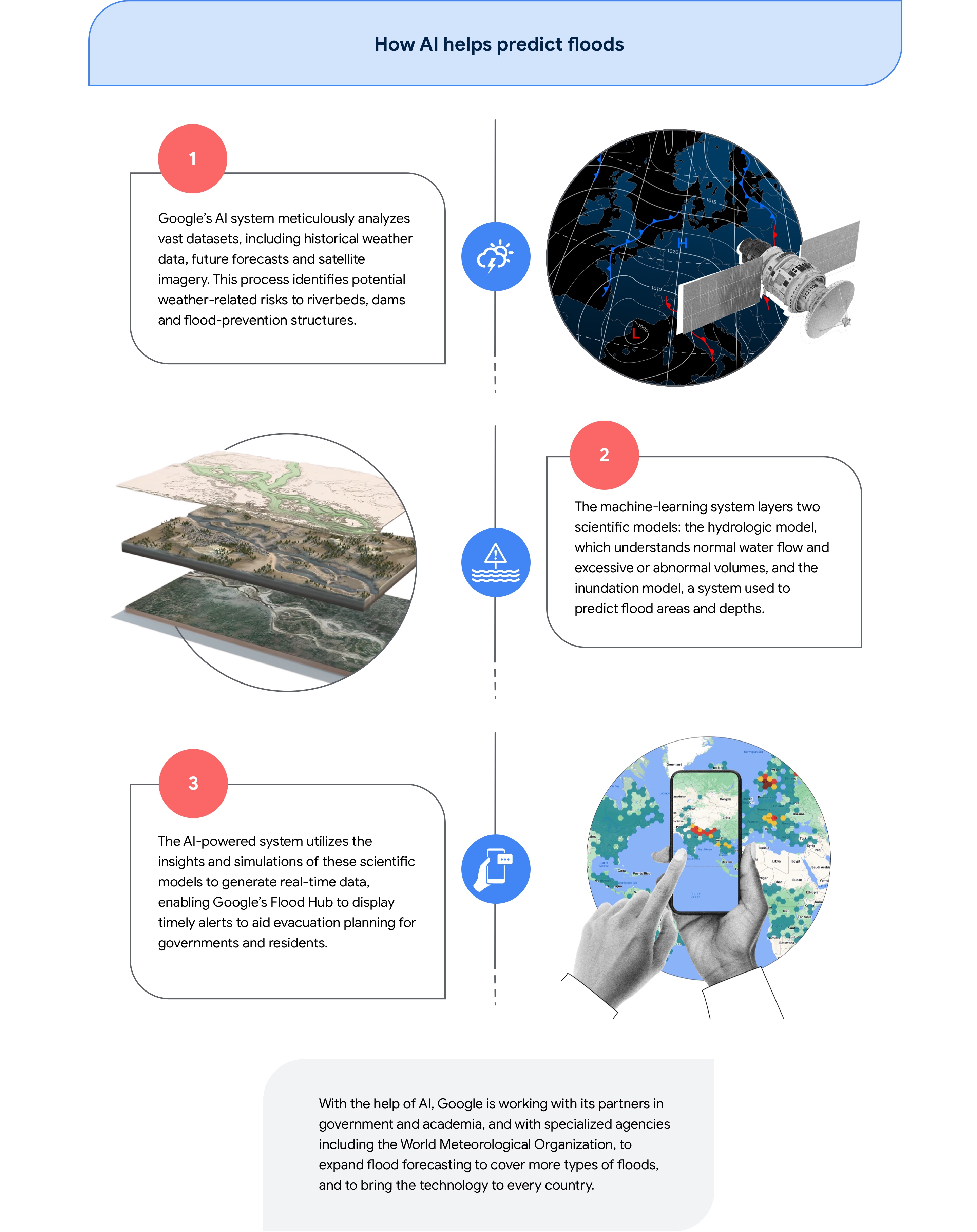Emergency Response as Devastating Flooding Tests AI Circuit Diagram The integration of AI with IoT devices allows for real-time data collection from various sources, including sensors, cameras, and weather stations. This data can be analyzed to: Predict flood events based on historical weather patterns. Monitor water levels in rivers and drainage systems. Assess the impact of urban infrastructure on flood risks. The simulation times of the XGB models are all within 0.2 s, much lower than those of the MIKE+ software. This rapid simulation ability enables the XGB model to play an important role in real-time flood early warning systems and provides decision-makers with timely flood risk assessments. In fact, AI-based models would be highly suitable for nowcasting and flood warning application since they can be pre-trained and then use even-specific data to generate near-real-time predictions and characterization and address the limitation of legacy methods whose use in nowcasting and flood warning are rather limited.

In artificial intelligence (AI), a branch known as machine learning (ML) is used to identify patterns in a dataset without explicit training. The goal of today's research is making it easier to implement real-time problems with minimal computational costs and low complexity while also enabling faster training, validations, faster learning and assessment with excellent performance when

Artificial intelligence for flood risk management: A comprehensive ... Circuit Diagram
FloodAI: A machine learning-based system for accurate flood prediction. This repository provides code, datasets, and documentation to develop and deploy an intelligent flood prediction model. Empowering communities with timely information for enhanced flood preparedness and response. Sample 3D-visualization showing the progression of a big flood impacting the Kumamoto urban area and critical infrastructure Powering FloodSENS with NVIDIA, OCI. To maintain the precision of the local model predictions in FloodSENS, RSS-Hydro employs continuous retraining against a proprietary, extensive global flood event database.

Floods are among the most common and widespread natural disasters, affecting more people than any other. The rate of flood events has been on the rise, more than doubling since 2000. In an effort to improve forewarning systems, over the past few years we have been using AI-based technologies to advance research towards global flood forecasting.Our previous operational model could reliably These sources provide a comprehensive picture of the factors contributing to flooding, allowing AI models to make informed predictions. For more in-depth information, check out this research paper. Real-Time Monitoring Systems. Real-time monitoring systems are like the watchful guardians of flood-prone areas. Artificial intelligence (AI) has emerged as a transformative tool in flood management, enabling real-time prediction, early warning systems, and adaptive responses to mitigate risks.
